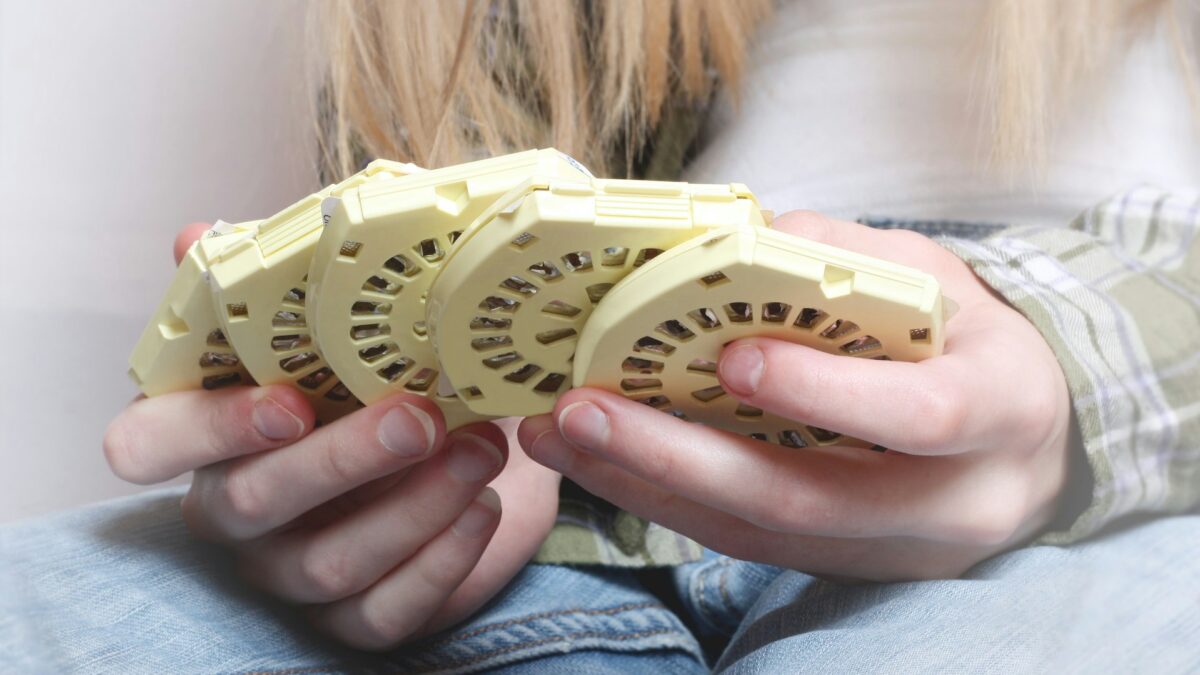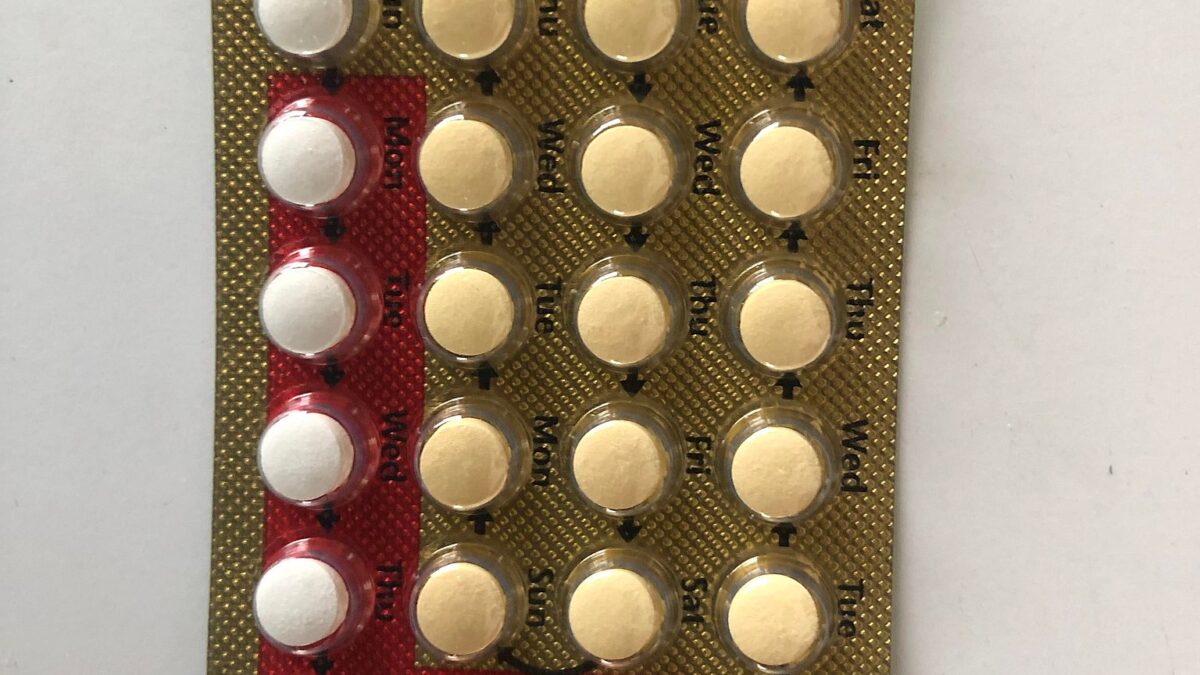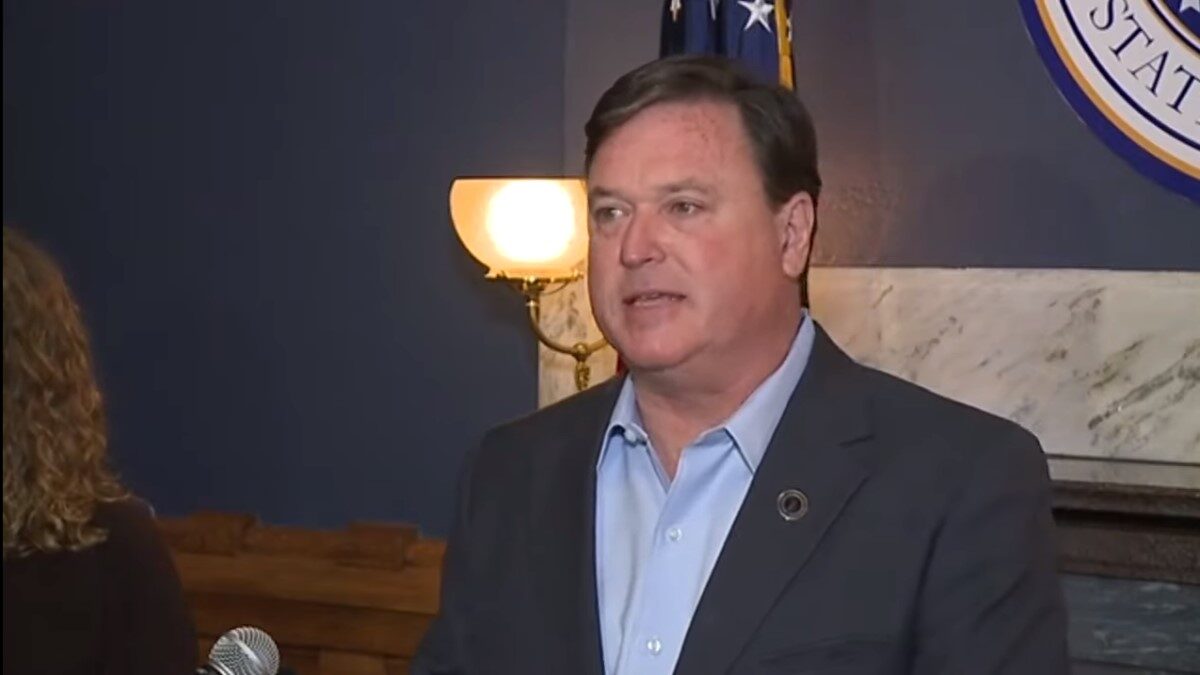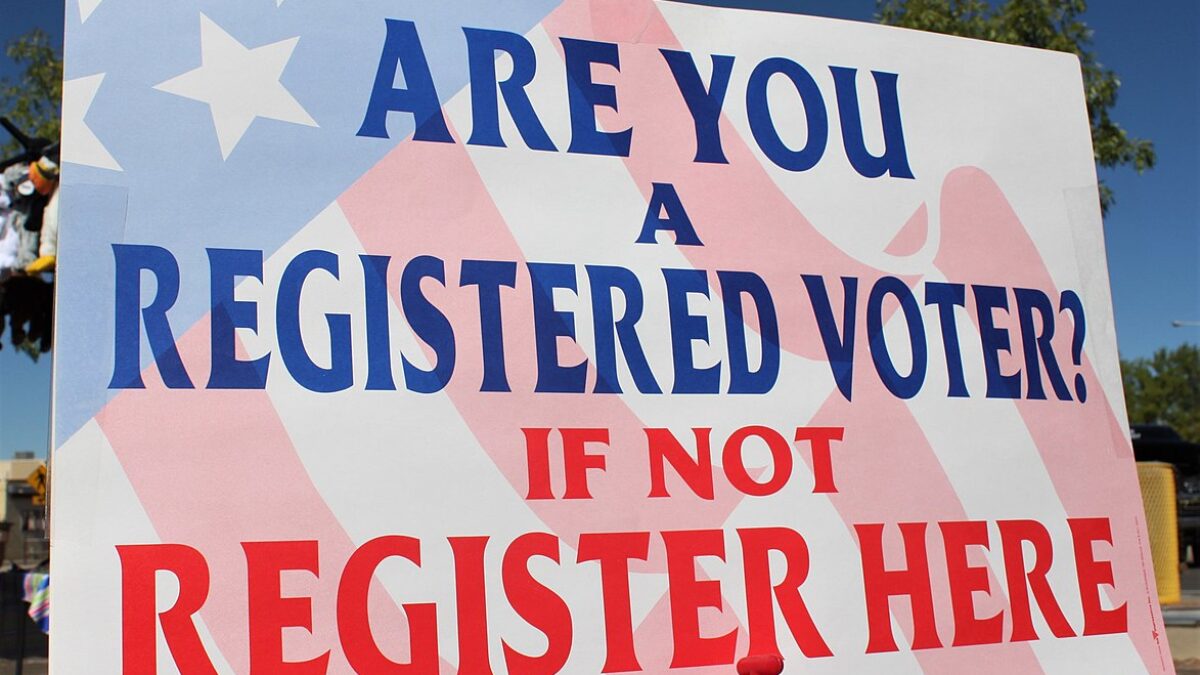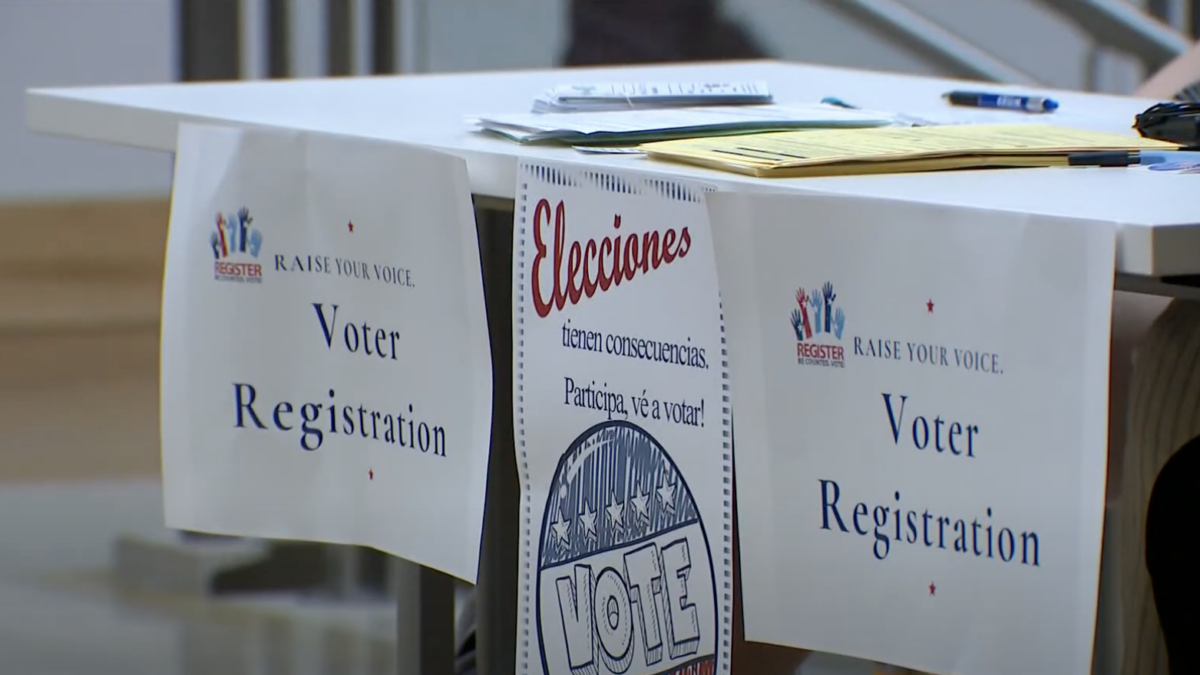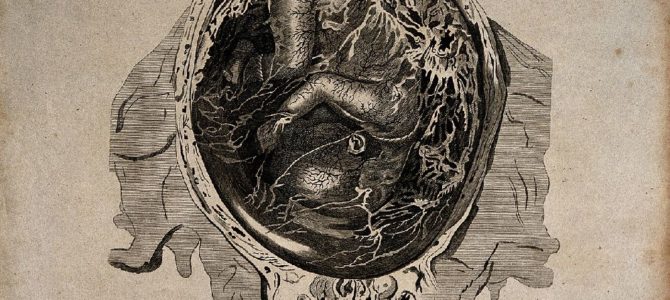
Researchers say we’re less than a decade out from being able to improve survival rates of extremely premature babies by letting them develop inside “extracorporeal devices,” or artificial wombs. It’s already been successfully tested on eight lambs from what equates to 22-24 weeks’ human gestation (100-115 days).
They developed in these “Biobags” for 28 days, but authors of the study say the Biobags could have supported them for longer. According to the study published in Nature Communications, “Animals opened their eyes, became more active, had apparently normal breathing and swallowing movements, grew wool and clearly occupied a greater proportion of space within the bags.”
“The whole idea is to support normal development; to re-create everything that the mother does in every way that we can to support normal fetal development and maturation,” said Alan Flake, a fetal surgeon who led the study at Children’s Hospital of Philadelphia. Flake told NPR he hopes to test the device on premature infants within three to five years, but that they don’t plan on pushing viability back any farther than about five months’ gestation.
Yet someone is bound to do it eventually. While this technology holds much promise for premature babies, we should take the meantime to think through the potential ramifications. I’ve drawn on the expertise of several ethicists and writers to explore the ways in which artificial wombs could impact reproduction and our society. They are not all equally plausible, but nevertheless we must consider these potential outcomes with care.
Technology is not to be feared, but the vast capacity of humans to use it for evil is important to guard against. Some of these potentialities will be dystopian; this is not to inspire fear of the future, but a wariness that as man’s power over nature increases, his ability to love and care for his fellow man is bound up with the ability to abuse and exploit him.
1. ‘Viability’ Unravels Current Abortion Doctrine
“Up to now, we’ve been either born or not born. This would be halfway born, or something like that,” bioethicist Dena Davis of Lehigh University told NPR. Biobags would “blur the line” between a “fetus” and a “baby,” necessitating an overhaul of abortion law.
I posed the dilemma to Clarke Forsythe, senior counsel at Americans United for Life. He said that, “In the court’s formulation of abortion doctrine, it [being ‘born’] mean’s ‘term.’ But according to the laws regarding fetal homicide, unlawful death, and fetal injury, ‘Being born’ means ‘outside’ [the womb] without regard to gestational age.” In short, it seems artificial wombs would force the law the line up with itself.
The legal definition of viability already varies slightly from state to state. But the availability of an artificial womb, and its potential capacity to push viability back far earlier than five months, would further complicate the matter. “I think one question will be, if you have an available artificial womb…can the law treat the child as viable?” asked Forsythe. Moreover, does the mere fact that artificial womb technology can save an extremely premature baby mean that all babies of AWT-viable age should be protected from abortion?
Complicating matters is that not just the artificial womb must exist, but the technology to evacuate the baby in a manner that is relatively safe for the mother (from here I will include this in my definition of AWT).
“[Supreme Court] justices have debated viability and have been more or less frank about how arbitrary the law of viability was,” Forsythe explained, referring to the fact that Roe v. Wade banned elective abortion at the point of viability. “If the court was to abandon the viability rule, it would substantially weaken the abortion doctrine. The pro-abortion justices think that viability is the only safe harbor for them.”
Stephen G. Gilles, a law professor at Quinnipiac University School of Law, says the concept of viability is in question, not just the gestational age at which it is set. “A careful reading of Roe and [companion Supreme Court case] Casey strongly suggests that the Court has in mind a definition of viability as ‘whenever the fetus has developed enough that it can survive outside any womb,’ not simply ‘outside its mother’s womb,’ he wrote via email. However, he allows the possibility that “the literal language about ‘artificial aid’ could be stretched to cover artificial wombs.”
As it stands, the ban at viability is rendered virtually unenforceable by a generous definition of “the health of the mother” as defined in Doe v. Bolton, which is often interpreted to include “emotional” health. So in some states, a woman who is severely distressed by the idea of having a child is legally permitted an abortion. If this definition is not reformed, any changes to the legal understanding of viability will have minimal impact. Gilles, however, is “fairly confident” that when it comes down to it, the Supreme Court will rule that “significant health risks,” as phrased in Casey, must be “serious risks to physical or mental health.”
The lamb study’s authors expect artificial wombs to initially help save human preemies around 22-24 weeks of gestation, but eventual advancements could push viability outside the mother’s womb earlier. Remember, however, that roughly 90 percent of all abortions are done in the first trimester, which is well beyond AWT’s supposed capability ten years out.
Forsythe ultimately thinks “The political scenario is going to be more important than the technology…banning partial birth abortion had a big impact on public opinion, broader than the legal impact. Maybe the notion of artificial wombs will have a similar impact on public opinion than on the law per se.”
2. Changing Jurisprudence on Bodily Autonomy
The abortion battle brought on by AWT inevitably opens the debate on bodily autonomy. Abortion advocates often argue “A woman shouldn’t be ‘forced’ to carry a child to term.” It’s her body, her choice.
Gilles maintains in a University of Richmond Law Review article that, according to Roe and Planned Parenthood of Southeastern Pennsylvania v Casey, “The right to elective abortion will continue to apply to fetuses that are not yet developmentally viable-even though these fetuses can be rescued” with artificial womb technology. As long as these rulings stand, the use of AWT to rescue fetuses turns on whether a woman has the right to “terminative abortion” or “evacuative abortion.”
Indeed, AWT has forced abortion extremists into the sinister admission that abortion is not about bodily autonomy, but the right to not beget a child. That womb tech could curtail the ability of a woman to destroy the human life within her is “terrifying,” according to I. Glenn Cohen, a bioethicist at Harvard Law School. In other words, as Margot Cleveland observed, pro-abortion extremists “want the right to a dead baby.”
AWT poses another question: if the preborn human’s right to life and to not sustain bodily harm were to finally be codified, should courts order the removal of preborn babies from damaging circumstances? I posed a hypothetical scenario to Paige Cunningham, executive director for the Center for Bioethics and Human Dignity: Should a court order the extraction of a preborn baby from a meth-addicted mother? Does the welfare of the child compel government to override “my body, my choice?”
Cunningham says even assuming constitutional rights for the preborn “is a huge stretch,” especially considering the legal principle of battery. Even though courts have ordered C-sections on non-consenting patients, only two cases have been reviewed by an appellate court, and only one contained a “maternal-fetal conflict.”
That was the 1990 case of Angela Carder, a pregnant woman facing imminent death from cancer. The trial court ruled that extracting her 26-week-old fetus was constitutional based on the compelling interest of the state in the welfare of the fetus. But the upper court vacated this decision due to lack of consent from the mother, stating that, “It would be an extraordinary case indeed in which a court might ever be justified in overriding the patient’s wishes and authorizing a major surgical procedure such as a caesarean section.”
Of course, governments could establish incentive programs for drug-addicted women to have their children extracted. A county in Tennessee is facing a federal lawsuit over reducing jail time for women who consent to sterilization. Despite the risk of creating perverse incentives, such initiatives might save babies of drug-addicted mothers from great harm.
3. Preborn Orphanages
Gilles sums up the problem this way in his aforementioned article: “Suppose that a state sought to protect these rescuable fetuses by enacting legislation prohibiting fetus-killing abortion methods, and providing AW [artificial wombs] at the state’s expense to any woman who chose to terminate her pregnancy…If the right to elective abortion includes a specific right to ensure the death of the pre-viable fetus, such a ‘fetal-rescue program’ would plainly be unconstitutional.”
But if courts rule that women do not have the right to a dead fetus, then more babies will be saved from destruction, but at great potential monetary cost to taxpayers. Artificial womb “orphanages” or “preborn care centers” would either be government-run or -subsidized. Certainly in the technology’s nascence, costs will dwarf the typical cost of a Medicaid birth of $9,131.
Gilles maintains that for any state laws preventing terminative abortion to be upheld under the current legal regime, the state would have to pay for “the presumably high costs” of AWT anyway. Requiring women to bear the cost of AWT would prevent many women from getting abortions, and thus fail the current Supreme Court “undue burden” standard.
On the ethical front, AWT will push society to decide just how valuable a human life really is. From a societal vantage point, the rise of womb tech may degrade the bond between mother and child and the moral responsibility parents are supposed to feel toward their children. If life gets rough, even women who morally oppose terminative abortion may find “abandonment” an attractive option. Choosing adoption at birth could be less painful this way, and may be worth the risks of undergoing surgery. Someday, the number of abandoned babies might surpass current abortion numbers.
4. Reducing the Use of Surrogates
Advanced AWT would likely impact the surrogacy industry. “No doubt that is a possibility, but the problems with surrogacy are not only with the use of women’s bodies” wrote Matthew Eppinette, executive director of the Center for Bioethics and Culture, in an email. “We would still be faced with pregnancy contracts [and] the commodification of human life, other issues that would arise in the exchange of money for children, and more. In short, the prospect of using artificial wombs from conception onward brings the specter of the manufacture of children to reality in a whole new way.”
It may happen gradually as prices and regulation of the new tech could initially favor the more old-fashioned way of growing babies. But eventually, it’s not unreasonable to expect a rapid decline in surrogacy, especially if public and legal opinion shifts to seeing surrogacy as exploitive of women (using them as “breeders”), but AWT as essentially being victimless. As Cunningham noted, “parental choice” is highly valued in our society, propping the door open to convenience-based decisions such as using an artificial womb.
Ronald Bailey, who authored the book “Liberation Biology: The Moral and Scientific Case for the Biotech Revolution,” highly doubts artificial wombs will affect reproductive choices much.
“I think AWT won’t be used that frequently, but in cases where women can’t carry a baby to term, or has some sort of a womb insufficiency. I think it will be a very rare technology, used in very specific, very rare cases,” he said. “My preference would be to regularize and make surrogacy more available… If they’re volunteering to do it, who am I to get in the way of it?”
Bailey pointed to the hysteria over the first test-tube baby and predictions of widespread parental alienation that haven’t materialized as evidence that “bioconservatives” tend to exaggerate the consequences of new technology. Still, some would argue for widespread use of AWT by the state using the legal reasoning in Roe and Casey that the state has an interest in protecting life or “potential life.” If so, pro-life states such as Louisiana might ban terminative abortion and institute a program to make AWT widely available for women who choose “evacuative abortion.”
5. More Infant Adoptions
If women who would have aborted choose to have their babies extricated and placed in artificial wombs, the number of adoptable babies would increase. As of 2010, more than 54,000 children, mostly babies (as this number excludes adoptions out of foster care) were adopted, putting the rate of abortion 23 times higher than the rate of adoption. That said, adoption fees for AWT babies will likely start out extremely high to cover the cost of preborn care to the point of “birth” or adoption, (probably much higher than the $38,000 to adopt a newborn in the U.S. currently) which could curtail the aspirations of adoptive parents.
On a more somber note, this might cause a potential decline in adopting foster care children, since more babies will be available for adoption straight from the hospital. On the other hand, the “supply” of parents have “the heart” or fortitude it takes to adopt children from broken homes is likely limited regardless of technology. Accordingly, womb tech may hardly influence the rate of adoption out of foster care.
6. Rights for Fathers of the Preborn
It’s also possible that the rate of single fathers could increase. Where a woman might once have gotten a surgical abortion, that baby could now be given to “the system.” Who has primary rights to the baby after an evacuative abortion? Would the father now have an opportunity to step up and care for his child?
Many fathers already want to father a baby the mother wants to abort. The founder of the Center for Urban Families, Jo Jones, said regarding the women he had previously directed to prenatal care and drug treatment programs, that in many cases, “The guys who got them pregnant were around, and they wanted to be involved.” But “the notion of the nurturing value of men, as contributors to their families or communities” is an idea society has yet to fully embrace.
“I don’t think that father’s rights will be enhanced [with AWT] unless the mother truly wants to give up the baby,” Forsythe said. “The courts have said that she’s got the control vis a vis the father at any point of pregnancy.” Notably, laws in Arkansas, Kansas, and Oklahoma that permit husbands to sue to stop an abortion are currently tied up in courts and opponents expect them to be overturned. The recent legal battle between Sofia Vergara and her ex-husband Nick Loeb over the fate of their two frozen embryos also demonstrates the difficulty in asserting a father’s rights pre-birth, even when the mother’s autonomy is not threatened.
As Forsythe pointed out, if a mother is determined to prevent a father seeking custody of her biological child, “The way to ensure the father doesn’t get involved is to ensure the fetus dies.”
7. Changing Rules for Frozen Embryos
Gilles argues AWT will affect laws regarding cryopreserved embryos, allowing states to set time limits for gestating the embryos (since it is unknown if there is a point at which frozen embryos are no longer viable), prevent their destruction, and grant custody of embryos to the state should the biological parents stop paying for their storage, allowing the state to search for willing parties to gestate the embryos.
This is based on the premise, found in Casey, that, “The state has a ‘profound interest’ in protecting all postconception life.” Gilles argues that since AWT would grant the ability to effectively end a pregnancy without killing the baby, it allows the state interest in protecting life to prevail over the woman’s “protected liberty,” making bans on terminative abortion constitutional even under the current legal regime.
If that is so, Gilles reasons that, “The state’s interest in the cryopreserved embryo is on par with its interest in the pre-viable fetus,” especially since the physical burden of pregnancy does not exist in the case of frozen embryos. “It is a foregone conclusion,” he writes, “that a state law forbidding the destruction of cryopreserved embryos is constitutional.” Indeed, “The very fact that cryopreserved embryos are deliberately created strengthens the case for forbidding the woman to destroy them or prevent the state from rescuing them.”
8. Baby Mills
Dystopian as it sounds, it wouldn’t be that big a leap from state-sponsored ectogenesis—the growth of an organism in an artificial environment—of frozen embryos to “baby mills.” A permissive approach to ectogenesis could eventually lead to centers that create and mature humans to term for commissioning couples or general adoption. If we already create and destroy human embryos merely for the sake of science, then the argument against creating life, in addition to fostering abandoned life, is not very convincing to the secular public, especially if it uses one or both of the eggs or sperm from commissioning couples.
The chance of either the legality of baby mills or even the government financing thereof increases if the natural population replacement rate continues below 2.1 and immigration cannot supply the deficit. The U.S. replacement rate was at 1.8 in 2013 and is still below replacement level. That baby mills might arise on the black market to meet the demand of infertile couples isn’t out of the question either.
This is one of the “worst case scenarios” so-called bioconservatives often discuss, which the more libertarian-minded individuals, like Bailey, sweep aside as far-fetched dramatizations. Cunningham says considering these types of scenarios is useful for risk assessment. By considering possible outcomes, we can erect safeguards to ensure that the worst does not happen. The infamous Nazi eugenics program indicates that man’s capacity to use science for evil, particularly through the power of the state, is a real threat.
Cunningham says technology follows a pattern, going from novel, to ordinary, to expected. She gives the example of the recent “three-parent embryo” breakthrough, meant to eliminate mitochondrial diseases. But not long after this development, scientists announced they would use the technique to rejuvenate the eggs of women of advanced maternal age.
Euthanasia has followed this pattern in Belgium and the Netherlands: where once it was only for the terminally ill or incurable physical suffering of adults, now it extends to otherwise healthy people suffering “mental anguish,” even sexual assault victims, minors, and in Belgium’s case, even minors with disabilities. And a 2010 report stated that nearly a third of patients euthanized in the Flanders region of Belgium did not give explicit consent to be killed.
Our waltz with womb technology could have us twirling at the top of a gentle, but slippery slope.
9. Disposable Babies for Study and Tissue Harvesting
What’s at the bottom of that slope? How about “fetus farms”? The Center for Medical Progress made headlines in recent years exposing how Planned Parenthood and Stem Express trafficked the body parts of aborted fetuses, supposedly destined for scientific purposes. How much more valuable would an artificial womb be to that end?
Eppinette sees human life grown in the lab as a point of concern right now, not just in the future. The specter of lab-grown fetuses thus looms even larger: “We already see the amount of time that embryos are developing in the lab being extended” from 9 to 13 days. Eppinette pointed out that at least 130 embryos were recently destroyed in testing gene editing here in the United States. “The creation, use, and destruction of human life at its very earliest stages seems to now be simply a routine, unremarkable aspect of science,” he wrote.
I asked Eppinette if he saw organ harvesting as a potential motive for lab-grown fetuses. He pointed me to a 2009 article from The Daily Mail reporting on the call of some scientists to use aborted fetuses to make up for the organ donor shortage. A LifeNews article from 2015 discussed the ongoing research into organ transplants from aborted babies at Ganogen, Inc., which reportedly receives fetal remains from Stem Express. In 2015 they used “microsurgery” to implant a kidney from an aborted fetus into a rat, which survived four months. Ganogen’s CEO told Medical Daily, “Our long-term goal is indeed to have these organs ready for transplant into human patients.”
“I don’t think that the tech will evolve that way [for disposable fetuses], because of the other wonderful technology for induced pluripotent stem cells…[with AWT] you would have a fetus, but its immune system would not be compatible with donor,” Bailey says. Cell reprogramming tech such as iPSC and Tissue Nanotransfection could greatly reduce the need for donor organs, but not eliminate it entirely. Overcoming the expected immune rejection of donor organs is proving a challenge, particularly in the case where a tiny, immature organ, such as that from an aborted fetus, would be matured inside another mammal.
The long-term, ethically sound solution to organ shortages is to use therapeutic cloning to create individual organs in a lab, but scientists are still a ways off from achieving this goal.
10. Psychological Damage to AWT Children
Commodification and the degradation of the intimate organic bond between mother and child may have significant negative consequences for children. Not being nurtured naturally in his or her mother’s womb could result in some level of trauma to child.
At present we have no way of knowing for sure, but we do know that critical developments happen during the nine months in a mother’s womb that go beyond just physical maturation. Prenatal epigenetics studies how environmental factors in pregnancy affect gene expression, the physiological characteristics that compose a large part of an individual’s identity. A baby hears his mother’s heartbeat, learns to distinguish his mother’s voice and even her language from foreign ones, shows a partiality to face-like shapes, and may even poke back at mom and dad when poked.
The authors of the lamb study state the clinical device would allow parents to be connected with their babies, including ultrasound, a darkfield camera allowing real-time visualization, and “the ability to play maternal heart and abdominal sounds.” Flake’s goal to recreate everything the mother would do is admirable, but bioethicists who value the mother-child bond, like Eppinette and Cunningham, doubt that the nurturing environment of the organic womb could be replicated in all its richness and complexity, especially in initial stages. And of course those beta versions would produce damaged children ostensibly on their way to reducing these problems.
11. Increased Social Tension and Prejudice
CRISPR has made gene editing possible. Altough the ability to change traits like hair and eye color is still a ways off, the convergence of CRISPR and artificial womb tech could eventually bring “Gattaca”-like ramifications.
If we assume that developing a gene-edited embryo is preferably done completely in the lab instead of implanting in a real woman’s uterus, an environment that isn’t 100 percent controlled, then many, perhaps most, of the babies matured in womb tech would be “designer babies.” As in the world of “Gattaca,” privilege for designer humans and prejudice against organic humans could result, producing a caste system.
Conversely, depending on restrictions to gene editing, the opposite could result: children matured in womb tech might generally be viewed as the almost-disposables of society. Prejudice could be compounded by severe racial disparities among AWT children. Currently, abortions disproportionately kill black babies, and such ratios could transfer to “abandoned” AWT children.
Indeed, these children might view themselves as unworthy of the sacrifice and nurture of organic pregnancy, as a burden shrugged off by a mother who, a generation or two previous, would’ve obtained a terminative abortion. The effects of this on a child’s psyche could be immense, even if the rest of society views him equitably, of which there is no guarantee.
12. Degradation of the Organic Family Unit
Certainly government-sponsored baby mills would put society a step closer to a world where words like “family,” “mother,” and “father” are anachronisms. It could start with the first nine months, but why not keep these children through kindergarten before releasing them to a family unit, just to make sure they have a firm foundation and have begun to grasp the right ideas? Why not increase the requirements for parents and decrease compensation, so children stay under state care longer while awaiting adoption?
Totalitarian governments seek to drive a wedge between parents and children, allowing for greater control to mold the next generation. With AWT, separating parents and offspring will be even easier and could happen even sooner in the life of the child. But this is more a reason to fear the power of government rather than the technology itself.
Nevertheless, the future of womb tech could easily fit the current trend of degrading the organic family. The commercial use of womb tech could compound the existing alienating effects of third-party reproduction. Even the increased opportunity for women to abandon their babies would weaken family bonds, even if AWT provided previously unrecognized opportunities for fathers to step up. We could see more premature babies survive and more babies adopted instead of destroyed, but also a greater commodification of children.
Eppinette cut to the fundamental questions: “What are the limits to shaping and forming children? What is the line between shaping and forming children on the one hand, and designing and manufacturing them on the other? Where is the space to have this conversation, when the overriding factor is cost vs. benefits? The argument typically begins with, ‘this will relieve so much suffering.’ But it doesn’t end there. Soon it becomes, ‘We can control this rather than leaving it to chance. We can improve this. We should improve this. We must improve this.’ And so on.”



